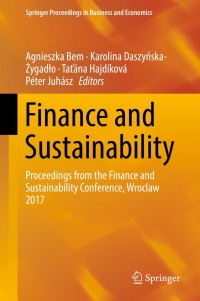Question
A firm has the following investment alternatives. Each one lasts a year. Investment A B C Cash inflow $ 1,035 672 726 Cash outflow $
A firm has the following investment alternatives. Each one lasts a year.
| Investment | A | B | C | ||||||
| Cash inflow | $ | 1,035 | 672 | 726 | |||||
| Cash outflow | $ | 900 | 600 | 600 | |||||
The firms cost of capital is 6 percent. A and B are mutually exclusive, and B and C are mutually exclusive.
- What is the net present value of investment A? Investment B? Investment C? Use Appendix B to answer the questions. Use a minus sign to enter negative values, if any. Round your answers to the nearest cent.
A: $
B: $
C: $
- What is the internal rate on investment A? Investment B? Investment C? Round your answers to the nearest whole number.
A: %
B: %
C: %
- Which investment(s) should the firm make?
The firm should make investment(s) -Select-ABCA and CItem 7 .
- If the firm had unlimited sources of funds, which investment(s) should it make?
The firm should make investment(s) -Select-ABCA and CItem 8 .
- If there were another alternative, investment D, with an internal rate of return of 5 percent, which investment(s) should the firm make?
The firm should make investment(s) -Select-ABCDA and CA and DB and DC and DA, C and DItem 9 .
- If the firms cost of capital rose to 12 percent, what effect would that have on investment As internal rate of return? Round your answer to the nearest whole number.
If the cost of capital rises to 12 percent, the internal rate of return of investment A -Select-will rise towill reduce towill remainItem 10 %.
Step by Step Solution
There are 3 Steps involved in it
Step: 1

Get Instant Access to Expert-Tailored Solutions
See step-by-step solutions with expert insights and AI powered tools for academic success
Step: 2

Step: 3

Ace Your Homework with AI
Get the answers you need in no time with our AI-driven, step-by-step assistance
Get Started


